Bucking the tide on land and sea: Energy pioneer George Sakellaris
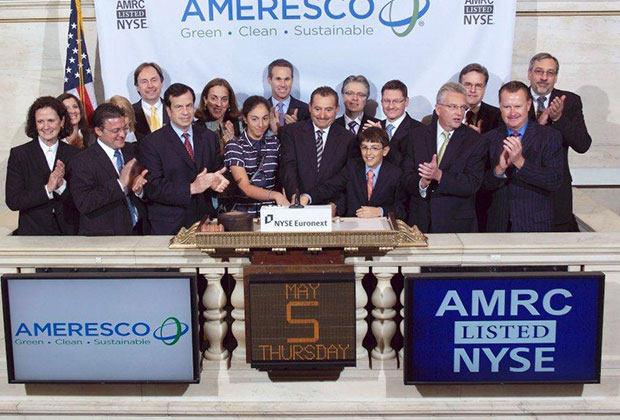
George Sakellaris takes Ameresco Public on July 2010. The Management Team along with George’s children, Christina and Peter and his wife Caterina Sakellaris ringing the bell at the opening of the NYSE Exchange.
Talk about climate change.
George Sakellaris had packed his bags and left his family behind in Vassara, Sparta (“Where you get snow once every ten years”) to come to America and attend the University of Maine (“Where you’re freezing”) and the shock, he says, “Was a very big surprise! I said to myself, what am I doing here?”
But he stuck it out, living with his relatives the Brountas’ in Bangor and working on the side in a variety store and in the family restaurant as a short order cook—in the summer working sixteen hour days, seven days a week—in between studying power engineering and engineering economics.
“The first six months I seriously considered going back home,” he admits. “But then I said, no, I came here to get my education—and I stuck it out.”
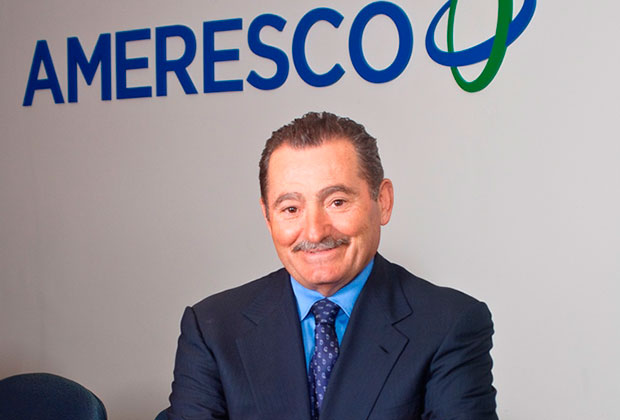
George Sakellaris
Good thing, because the 67-year-old Sakellaris went on to revolutionize the energy industry and his company, Ameresco, based in Framingham, Massachusetts, is now the largest company in North America making a business of overhauling both private and public facilities (from college campuses to power plants to the U. S. Capitol) to make them more energy efficient–by an average of 25%–which can mean millions in savings and untold benefits to the environment.
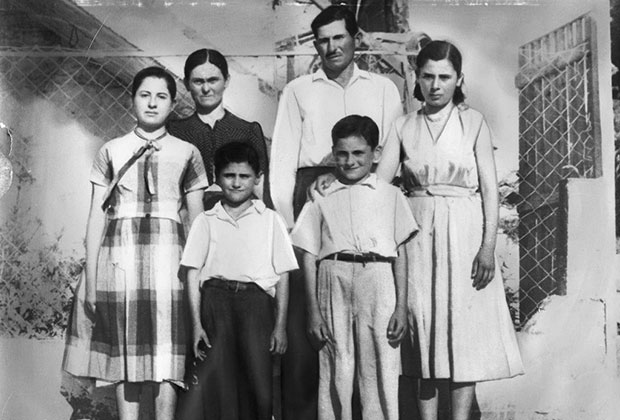
Photo of George with his siblings and parents in Vassara Greece (1956) before they immigrated to the United States. Back row from left, Helen, Areti, Panos and Pota Sakellaris. Front, Arthur and George Sakellaris
“Clients don’t believe it sometimes,” he admits. “They don’t believe that they are wasting that much energy. But the technologies have improved so much that the payback on the investment that you make is very quick.”
With nearly 70 offices throughout North America and almost 1000 employees, Ameresco works on several hundred projects at a time not only to retrofit aging facilities with energy-efficient hardware such as lighting and windows and heating and cooling systems, but also to build facilities for renewables such as solar, wind, biomass, geothermal and others, and even to advise clients on energy pricing, invoicing and trading on the energy marketplace.
“We provide a complete package,” says Sakellaris. “There is tremendous potential in energy efficiency.”
In Boston, Ameresco recently completed a $66.7 million overhaul of 13 public housing properties that was the largest of its kind in U.S. history.
“This project is truly what partnerships are all about,” said Boston Mayor Martin J. Walsh. “It took a comprehensive approach to saving taxpayer money, improving our city’s public housing, and improving people’s lives all at the same time through meaningful career training and subsequent employment.”
The project upgraded 13 public housing developments and over 4,300 housing units, some of them over 60 years old and in dire need of energy efficiency. The company used a mix of 17 different energy and water efficiency improvements from water conservation, new lighting installation, de-centralization of heating and hot water systems, replacement of apartment temperature controls, among other measures, estimated to reduce carbon dioxide emissions by 13,000 tons per year.
Boston Housing Authority estimated the upgrades would save the city nearly $5 million a year in water and energy costs and over $100 million over the 20-year life of the contract—without costing taxpayers a penny.
“We’ve proven that public housing can also be energy-efficient housing,” said BHA Administrator Bill McGonagle. “We’re excited to be moving forward with green technology and upgrading our residents at the same time.”
In fact, the project includes a resident education, training and employment program that will affect lives as well as energy efficiency.
“I love the challenge of what I’m doing,” says Sakellaris, “and seeing the changes in the industry and the technology. Every time you think you know everything, somebody comes up with new technology and it surprises you. We started in 1979 hoping to achieve about 10-15% savings through energy efficiency, and right now we are achieving 25% because of all the new technological advances that are being produced all the time. And there is still room for improvement.”
And he fell into the business of energy efficiency almost by chance. “You know sometimes you’ve got to be in the right place at the right time?” he says.
He was a young engineer working for New England Electric when he got the assignment to recruit a team and decide if it made more sense for the utility to promote energy conversation or to build a few more plants.
“And about a week later we made the presentation to the board of directors and one of the directors said, if you guys can show how you can do with less electricity why don’t you go into the business and make some money? So a few days later I was told to go out and set up a company.”
That was 1979, and he did, it was eventually called NORESCO, and it provided groundbreaking energy conservation alternatives for everything from schools to hospitals to government offices and in the process pioneered many of the energy conservation industry standards and practices still in use today.
For example, who would pay for all this?
Sakellaris’ brainstorm was to make clients an offer they couldn’t refuse.
“I used to go to clients and say I’m going to save you this much money,” he recalls. “And they’d look at me and say you’re crazy: you’re never going to be able to do it. So I’d tell them, look, we’ll put up the money, and if it doesn’t work, you keep the new boilers, you keep the new equipment, you keep everything and we go home. If it does work, we’ll take our fee afterwards out of the savings. Of course, it worked.”
This was called an Energy Saving Performance Contract (ESPC) and it is the tool by which the industry was transformed, and even the government was impressed.
“We went to talk to Speaker Boehner about the job of making the U.S. Capitol more efficient and he said to us, who’s going to put up the $30-40 million it would take? And we said it’s going to be paid out of the savings. And he looked at us and said: Oh, I like that concept. When it comes to energy efficiency we find unanimous support.”
Sakellaris visits the work sites himself, but not as much as when he first started the company, when he routinely logged more than a quarter of a million miles a year. “I have more frequent flyer miles than anybody,” he laughs.
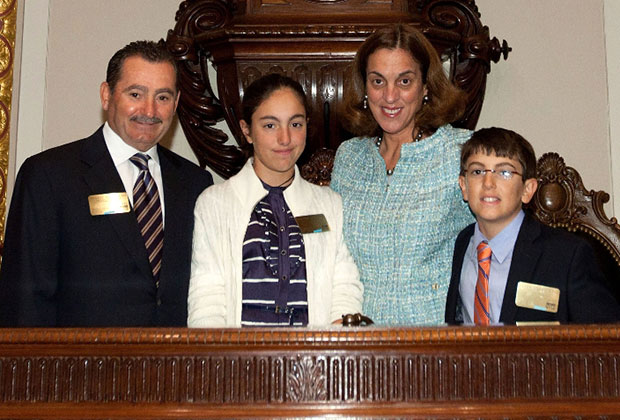
Sakellaris Family: George, Christina, Caterina & Peter
He now enjoys more time home with the family: wife Cathy, daughter Christina, 16, and son Peter, 13.
“The kids are my greatest motivation,” he says. “Both of them love science and both of them love engineering. Christina says she will start her own company and crush mine. And I say, good!”
Cathy Papoulias-Sakellaris was a high-powered executive in her own right as sales and brand manager for Procter & Gamble, director of sales and marketing for ITT, and vice president for global accounts at Dun and Bradstreet.
“And then we had the children and she gave that all up,” he says. “But she is very creative and more organized than me and when we go sailing she is the one who runs things.”
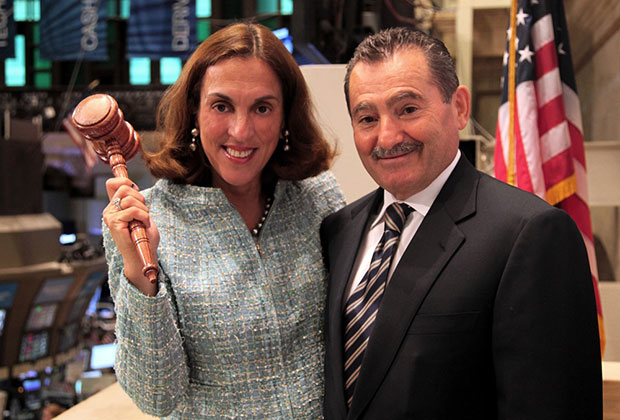
Caterina and George Sakellaris holding the gavel at the NYSE Exchange
Both Cathy and her husband are members of Leadership 100, where she serves on the Board of Trustees, and they are founding members of Faith, an endowment for Orthodoxy and Hellenism. They are also primary benefactors of St. Catherine’s Church in Braintree.
Besides saving energy, sailing is the other passion of Sakellaris’ life which, in typical fashion, has become more than a sport. He runs marathons to keep in shape for it and his sailing yacht Shockwave recently won the grueling 600-mile regatta for the RORC Caribbean Trophy over 60 other yachts and will compete in June to defend its crown in the Newport-Bermuda Race.
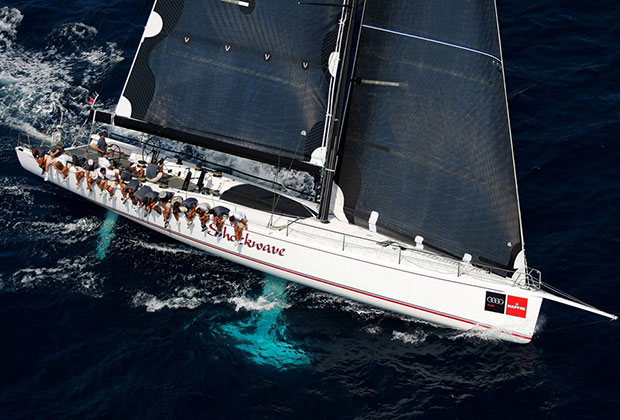
Shockwave World Championship 2013 Sardinia, Italy. Finished 3rd Overall
“I have a great crew and the (RORC regatta) was an excellent race,” he says. “At the end of the day, winning yacht races is all about the team performance more than anything else.”
With his family he sails his other boat, the Axia, which he’s taken to Greece a number of times.
Greece itself might be on the horizon when Ameresco further expands into Europe (it’s already gained a foothold in the UK).
“The climate for energy conservation in Greece is very good,” he says. “I spoke to the Prime Minister. I’m sure in the future we’ll be doing some work there. They just have to change some of the rules and regulations to make it easier for companies like ours to work there.”
Meanwhile, while Sakellaris doesn’t travel as much as he once did (except on water), he has no plans to retire.
“No, no, no, no, no,” he says. “And I see myself doing a lot more sailing.”

George Sakellaris @ the helm of Shockwave
[sws_blue_box box_size=”620″]
Newport to Bermuda Race
The Newport Bermuda Race is a 635-mile ocean race, much of it out of sight of land, usually lasting three to six days. It crosses a stretch of the Atlantic Ocean known for challenging weather, especially in the Gulf Stream, where there are strong currents.
Every two years in mid-June, more than 150 boats start from the historic seaport of Newport, Rhode Island. The fleet has five divisions to allow seaworthy boats of many sizes and types to be raced fairly and aggressively for an array of trophies awarded in Bermuda at an elegant ceremony at Government House, the residence of the governor of this tropical island.
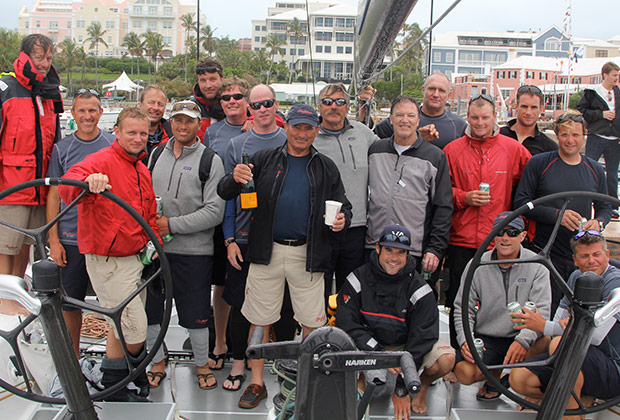
Team Shockwave, First Place Finish at 2012 Newport, Bermuda Race, setting new record
In keeping with the 100-year traditions of amateur sailors and strong family spirit, most of the boats tend to have amateur crews comprised of friends and family members. The race maintains its international prestige through competitive fairness, an exemplary safety record, and a responsive race organization handled by the volunteer members of the Cruising Club of America and the Royal Bermuda Yacht Club. Sailors everywhere dream of adding the Newport Bermuda Race to their life list of adventures.
George Sakellaris has won the following awards:
The North Rock Beacon Trophy
Best Corrected Time (IRC)
in St. David’s & Gibbs Hill Lighthouse Divisions
*
Gibbs Hill Lighthouse Trophy
Best Corrected time (IRC) in Gibbs Hill Division
*
Class 10 Gibbs Hill Lighthouse Medallion
1st Place IRC
*
Class 10 Gibbs Hill Lighthouse Medallion
1st Place OOR
*
George W. Mixer Trophy
Gibbs Hill Navigator
[/sws_blue_box]










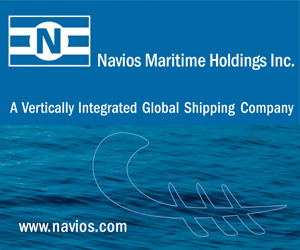




0 comments